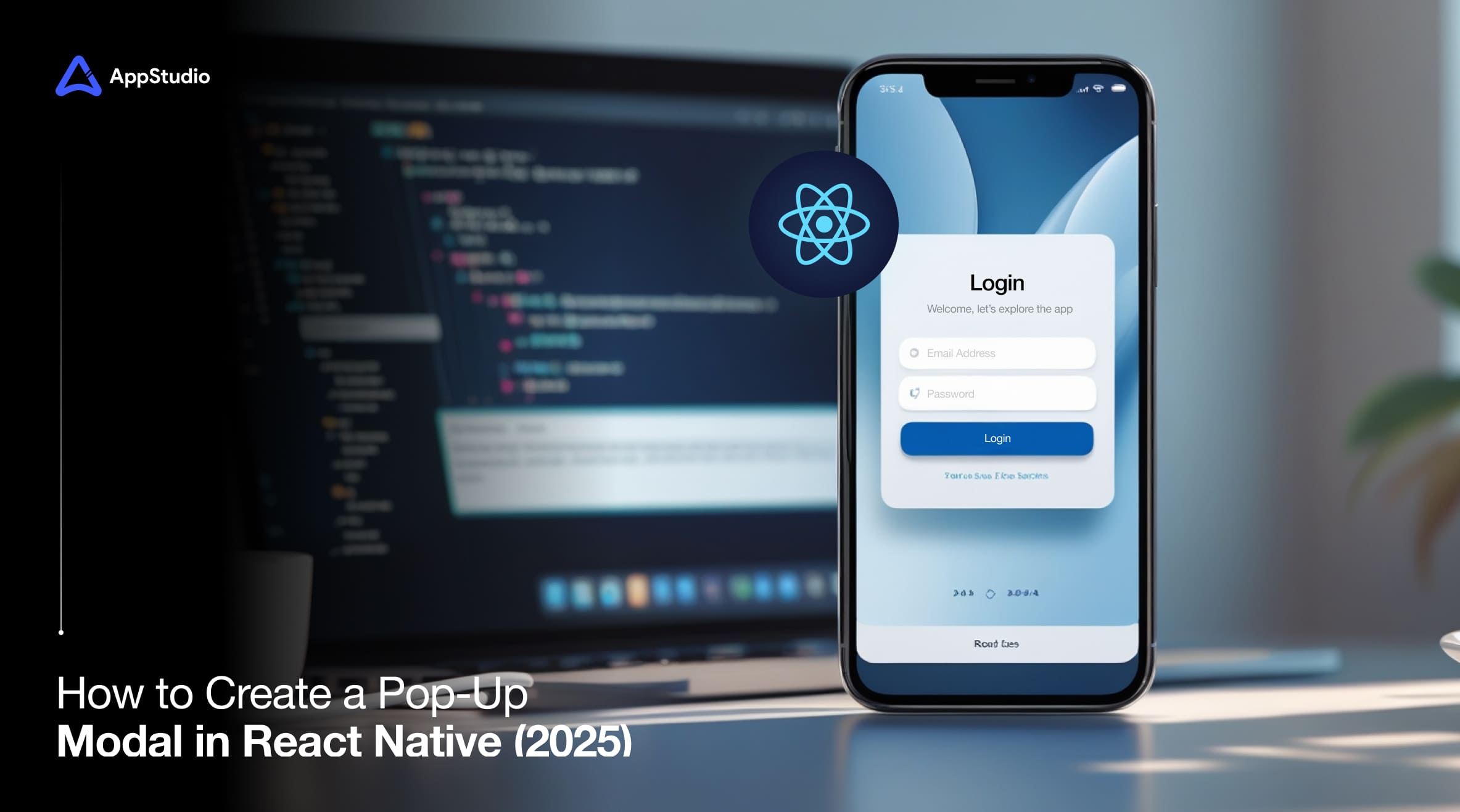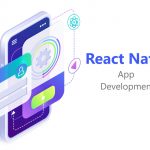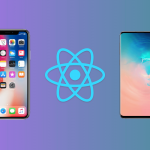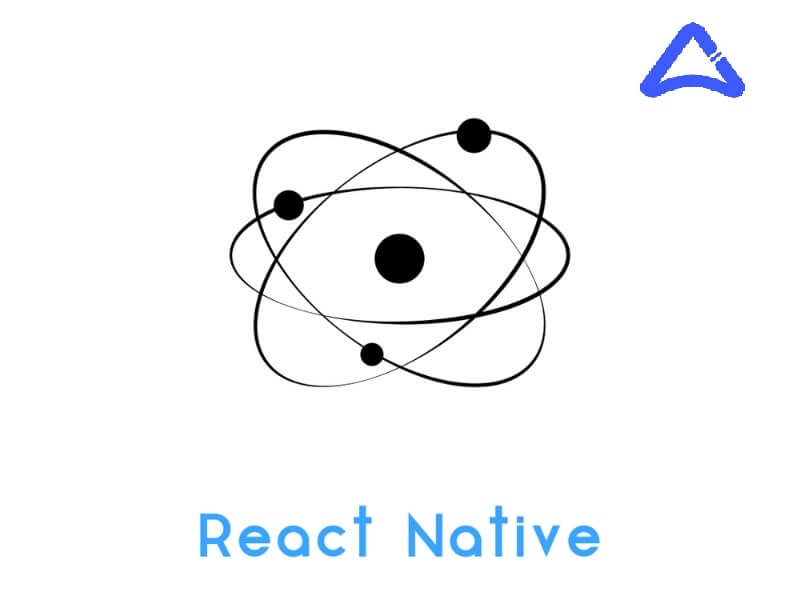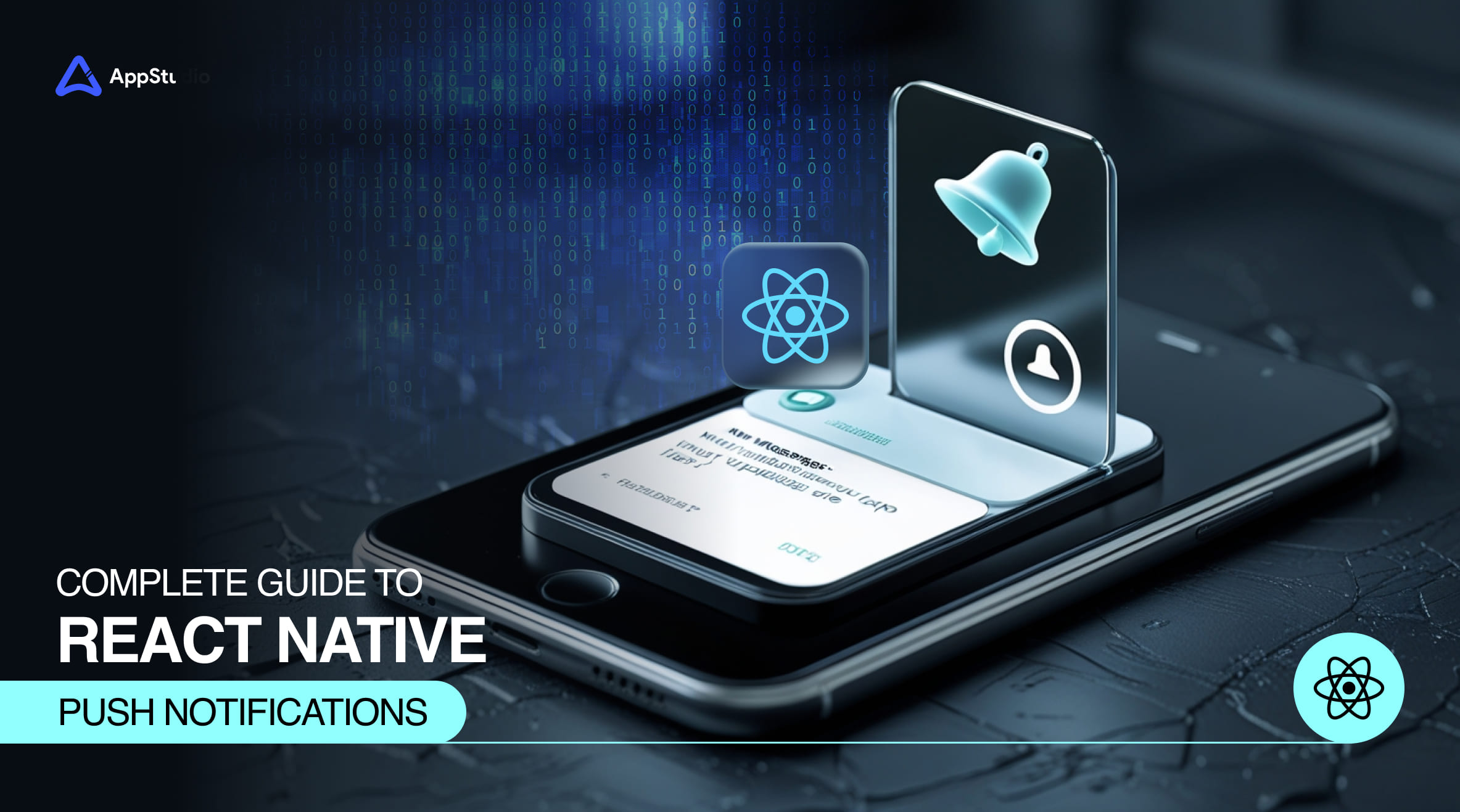Pop-up modals are a widely used feature in modern mobile applications, allowing developers to display additional content or prompt users for decisions without leaving the current screen. Whether you’re showing a simple alert, displaying a form, or providing options for the user to select, React Native modals offer an elegant and efficient solution for these use cases. In this blog, we’ll explore how to create a React Native pop-up modal, discuss some of the key concepts, and provide tips for designing the best React Native modal in 2025.
What is React Native?
React Native is a powerful framework developed by Facebook that allows developers to build mobile applications using JavaScript and React. It enables the development of cross-platform apps for both iOS and Android, sharing much of the same codebase, which significantly reduces development time and cost. React Native allows you to build native mobile apps with the same fundamental UI building blocks as regular iOS and Android apps, but the components are wrapped in React, making the development process smoother and faster.
One of the reasons React Native is so widely adopted is due to its ability to provide native performance while maintaining the ease of development with JavaScript. With React Native, developers can reuse most of their web app code for mobile applications, and they can seamlessly integrate native modules for performance optimizations when required.
In the context of modals, React Native provides a built-in React Native modal component that helps create interactive pop-up windows, alerts, or even complex forms, allowing developers to enhance the user experience while maintaining native-like performance.
What is a React Native Modal?
A React Native modal is a component that presents content in an overlay or pop-up window on top of the current screen, blocking interaction with the underlying UI. It is commonly used for showing alerts, confirmations, forms, or any other content that needs to focus the user’s attention for a short duration without navigating to a new screen.
The React Native modal component is highly flexible, allowing you to control its visibility, style, and behavior based on user interactions. The Modal component in React Native can be customized in various ways, including choosing different animation types (such as sliding or fading), defining the background transparency, and adding touchable areas to dismiss the modal.
The React Native modal also provides props like transparent and animationType to enhance the modal’s design. For example, setting transparent to true will give a semi-transparent background, allowing the user to still see the content behind the modal, and the animationType can define how the modal appears (e.g., fade or slide).
Typically, a React Native modal covers a portion of the screen, often with a semi-transparent background to give focus to the modal content. It’s widely used for things like login forms, alerts, notifications, or confirmations.
In React Native, the Modal component is part of the core library and provides a simple interface to handle these overlays. By leveraging this component, developers can create React Native pop-up modals that work seamlessly across both iOS and Android.
Related reading: React vs React Native – Difference, Features, Advantages
Key Aspects of a React Native Modal
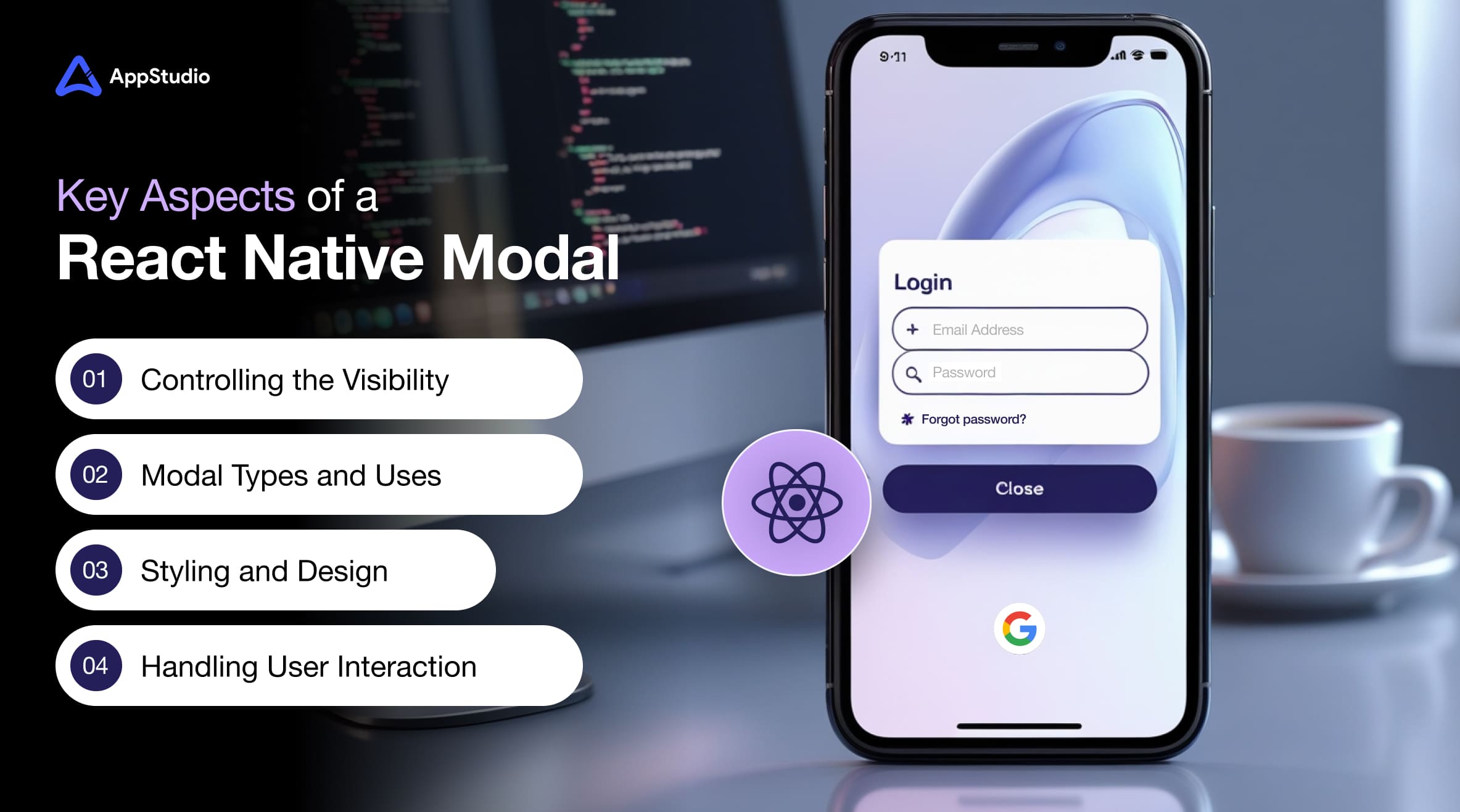
1. Controlling the Visibility
One of the main features of a React Native modal is that it can be shown or hidden dynamically based on user interaction or app state. This is typically achieved through state management. For instance, setting the modal’s visibility to true will display the modal, while setting it to false will hide it. This control mechanism allows you to trigger the modal at the right time, based on the actions of the user.
2. Modal Types and Uses
There are various ways to use a React Native modal depending on the functionality needed:
- Alerts and Notifications: Use modals to present important information or notifications to the user without navigating away from the current screen.
- Forms and Inputs: Modals can contain forms, which allow users to input data, such as login credentials or feedback.
- Confirmation Prompts: For example, when asking users to confirm an action like deleting an item, a modal can provide a clear choice (e.g., “Cancel” and “Confirm”).
These use cases are often referred to as React Native modal popup examples, and they vary in complexity depending on the purpose of the modal.
3. Styling and Design
The React Native modal design can be customized to fit your app’s theme. You can design a modal with rounded corners, custom backgrounds, and animation effects to match the overall aesthetic of your app. For instance, the modal could slide up from the bottom of the screen or fade in to give a smooth user experience.
One of the key considerations when designing a React Native modal is ensuring that it is visually distinct but not disruptive. A common approach is to use a semi-transparent background behind the modal content, which focuses the user’s attention on the modal while still showing context of the underlying screen.
4. Handling User Interaction
A well-designed React Native modal should allow users to interact with it intuitively. Most modals contain buttons to close or submit the form. It’s also essential to handle cases where the user taps outside of the modal to dismiss it. Ensuring that users can easily dismiss or close the modal is a key aspect of React Native modal design.
Some modals also allow interaction with the content within, such as checkboxes, buttons, or text input fields, offering a more dynamic experience.
React Native Modal Popup Example in Action
A React Native modal popup example could involve a confirmation dialog that asks users whether they want to delete an item. In such a case, the modal might contain two buttons: one to confirm the deletion and one to cancel the operation. These types of modals are particularly useful for preventing accidental actions and giving users an opportunity to reconsider their choices.
Another React Native modal popup example is a login form that appears when a user presses a “Login” button. Instead of navigating to a new screen, the modal allows the user to enter their credentials and submit the form without disrupting the flow of the app.
Best Practices for React Native Modal Design in 2025
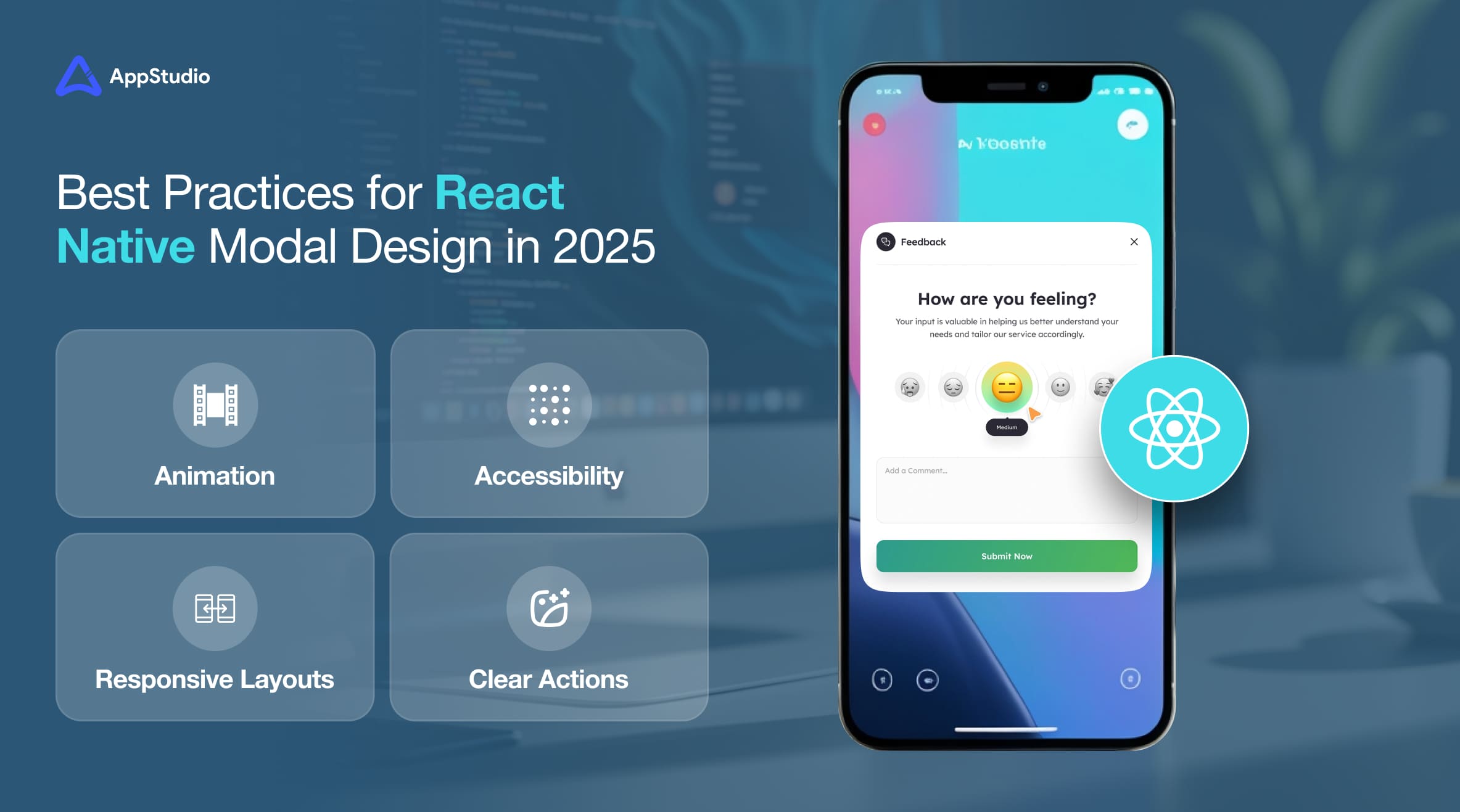
As the mobile app development ecosystem continues to evolve, it’s important to consider the user experience and responsiveness of your React Native modal. Here are a few tips for creating an excellent modal design:
- Animation: Use smooth animations to transition the modal in and out. This helps avoid abrupt transitions and contributes to a more polished user experience.
- Accessibility: Ensure that your modal is accessible, with appropriate labeling for screen readers and clear touch targets for buttons.
- Responsive Layouts: Modals should be designed to look good on all screen sizes. Use percentage-based widths and heights to ensure they scale properly on different devices.
- Clear Actions: Always make sure the actions inside the modal are clear. Whether it’s a form submission, a confirmation action, or a simple close button, the user should always understand what will happen when they interact with the modal.
Related reading: React Native Pros and Cons for Mobile App Development
Conclusion
In 2025, React Native modals will continue to be an essential part of mobile app development. By mastering React Native modal popup examples and implementing thoughtful React Native modal design strategies, you can create intuitive and user-friendly modals that enhance your app’s functionality and appearance. Whether you’re building simple pop-ups or more complex forms and alerts, React Native provides a flexible and powerful way to create modals that work seamlessly across platforms.
The key takeaway is that a well-designed React Native modal not only adds functionality to your app but also contributes to a smooth and engaging user experience. As the demand for more interactive mobile apps grows, understanding how to implement effective modals will be a vital skill for any React Native developer.
Start Building Your Own Modals with Appstudio Today!
Ready to implement a sleek and user-friendly React Native modal in your app? Let Appstudio guide you through the process.
Frequently Asked Questions
React Native is a framework developed by Facebook that allows developers to build mobile applications for both iOS and Android using JavaScript and React. It enables you to write the majority of your app’s codebase in JavaScript while rendering native components, ensuring high performance. React Native allows developers to quickly build cross-platform mobile apps, making it an ideal choice for projects that require both speed and efficiency. One of its key components is the React Native modal, which provides a simple way to implement pop-up modals across both platforms.
The React Native modal component is used to display content in an overlay on top of the current screen’s content. It is typically used for alerts, forms, or confirmation dialogs. The modal can be controlled with state, where the visible prop determines whether the modal is shown or hidden. Developers can also use props like animationType for smooth transitions (like slide or fade) and transparent to create a dimmed background behind the modal. This makes it an essential UI component for pop-ups in React Native apps.
To create a React Native pop-up modal, you’ll need to use the built-in Modal component. The process begins by setting up a state variable (like modalVisible) that controls whether the modal is visible. You then create a trigger, such as a button, that sets this state to true when pressed, thus showing the modal. Inside the modal, you can add custom content, like text or input fields. Finally, the modal can be dismissed by either pressing a close button or tapping outside the modal area. This process helps you easily incorporate React Native modal popups into your application.
React Native modals are commonly used in scenarios where you need to display critical information or prompt users for input without navigating to a new screen. For example, they can be used for:
- Alert pop-ups (such as error messages or notifications),
- Forms and input fields (like login forms or user feedback forms),
- Confirmation dialogs (asking users to confirm actions like deleting an item or making a purchase). Using a React Native modal popup example, developers can offer smooth user interaction without interrupting the flow of the app.
Customizing the React Native modal design involves styling the modal’s container, background, and animations to match the overall aesthetics of your app. You can adjust the size, add borders, or round the corners to fit your design needs. Additionally, the modal’s background can be made semi-transparent to dim the content behind it, making the modal stand out. Using React Native modal design principles, you can also control the animation when the modal opens and closes, choosing between options like slide, fade, or none. Ensuring that your modal is responsive and accessible is also key to providing a smooth user experience.
Yes! A simple React Native modal popup example could be a contact form that appears when a user taps a “Contact Us” button. When the button is pressed, a modal appears with input fields for the user to enter their name, email, and message. This modal would have a submit button, which when pressed, sends the form data and closes the modal. The React Native modal in this example provides a non-intrusive way to collect user input while keeping the user on the same screen.
